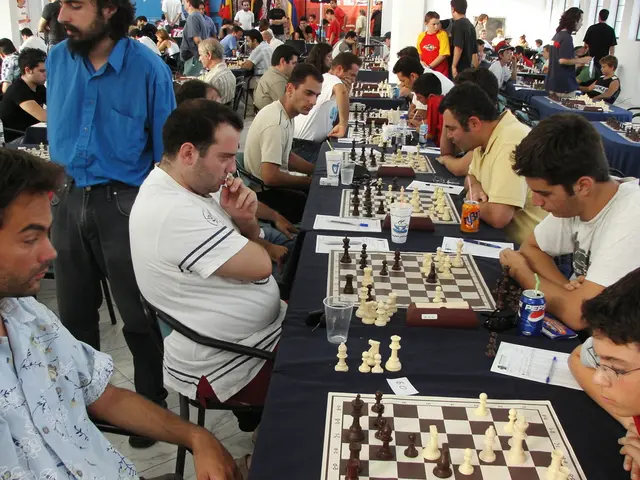Increased NATO Defense Spending Goal: A projected drop in military expenditure amid economic growth
The NATO summit in late June has seen significant agreements regarding defense spending, with European NATO countries and Canada committing to increase their defense budgets. The new targets, driven largely by pressure from U.S. President Donald Trump, aim to close the gap between the U.S. and European defense spending.
The total defense spending for the U.S. is projected to reach around $845 billion this year, while the combined spending for European NATO countries and Canada is estimated to be $559 billion (€479 billion). However, the gap could narrow once Germany's budget for the current year is passed and Berlin provides new, higher figures.
The new defense spending targets for NATO countries will require significant increases compared to the previous targets. For instance, Germany's defense spending, so far, has been factored in at a level equivalent to 2% of its GDP. However, the goal for defense spending for NATO countries is now set to be at least 3.5% of their national GDP, with an additional 1.5% for defense-relevant expenditures, such as infrastructure.
Eight NATO countries, including Germany, have committed to increase their defense spending to at least 5% of their GDP within ten years, with the target for most NATO countries now set at 3.5% of their national GDP. It's worth noting that all NATO member states, except for Iceland, aim to spend at least 2% of their GDP on defense this year, meeting a target agreed upon in 2014 one year late.
The new defense spending targets agreed upon at the NATO summit in late June are more ambitious than the previous target of 2% of GDP. The new targets have not been met by any member state yet, as they are set for the future.
The increase in defense spending is a response to growing global security challenges and the need for NATO to remain a strong and effective alliance. The new targets are expected to strengthen NATO's ability to respond to threats and maintain peace and stability in the world.
As the defense spending increases, it remains to be seen how each NATO country will allocate their resources and what impact this will have on their economies and military capabilities. The next few years will be crucial in determining the success of these new defense spending targets.








